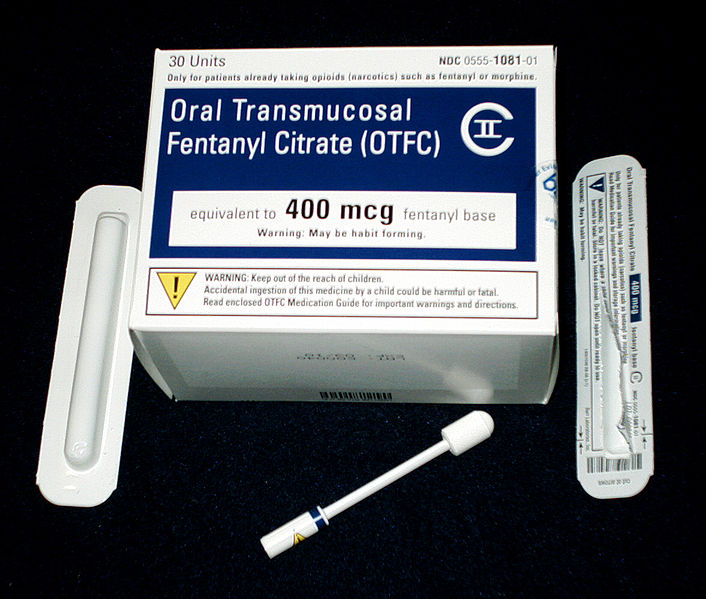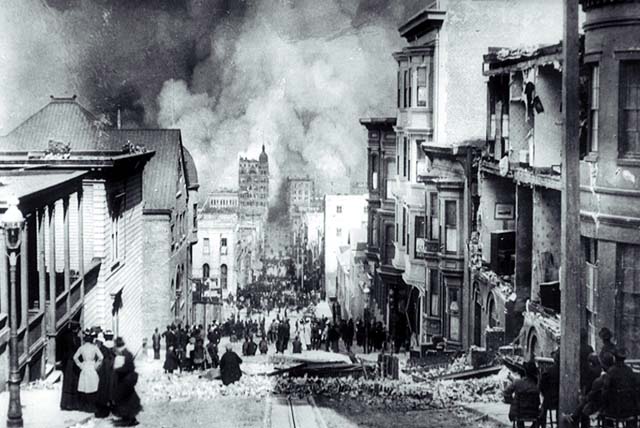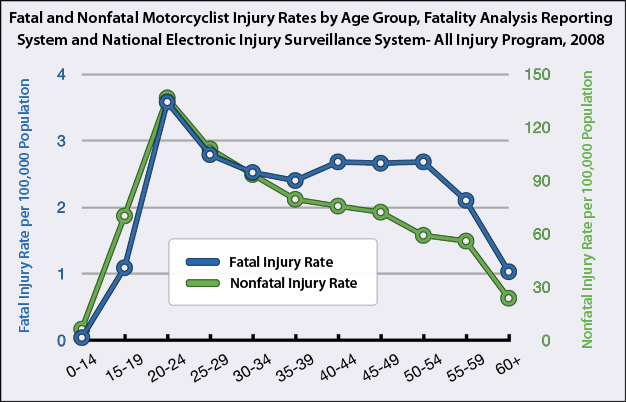 About to turn 70? Just turned 70? 70 is a very good milestone to finalize life insurance planning.
About to turn 70? Just turned 70? 70 is a very good milestone to finalize life insurance planning.
Current policy owners
Term policy holders: Health not what it used to be? Many term policies allow conversion to permanent to age 70, and the definition of age 70 usually is nearest attained age, meaning up to age 70 1/2. There is no health evaluation for conversion. Any agent can help on conversion. Please contact me for details.
Permanent policy holders: is it really permanent? Do not assume your coverage will last a lifetime. Most permanent policies sold over the last 30 years are universal life (UL), not whole life. UL’s are tricky depending on their structure and cash value. A great many will lapse for insufficient cash value. Conduct a policy review to evaluate how long your policy is projected to last. Request an in force illustration from your carrier. It may be a better deal to replace your current coverage by transferring the cash value into a new plan that has lifetime guarantees. Regardless, keep in mind cash value can be used to offset your premium payments. This may be an appropriate strategy depending on the amount of cash value, and is often the best way to wind down the policy for those in failing health.
New coverage Available at most health levels. You’d be surprised.
The best is called guaranteed universal life. Premiums and coverage are locked in for life, to age 121, with a lapse protection guarantee. Click here for age 70 quotes for $25,000 to $5,000,000 in coverage, or refer the right hand side of my website for quotes.
Final Expenses (Burial Insurance) $3,000 to $25,000
Guaranteed universal life. There are also small whole life plans.
Estate Planning $25,000 to $5,000,000
Guaranteed Universal Life. Companies are very competitive and willing to write coverage for people in their 70’s.
Term life insurance is not a good choice. Term is less expensive because you will probably outlive it. If you need term life insurance, to pay off a debt or other obligations, I strongly recommend Genworth’s Term UL, because it automatically converts over to Universal life insurance to age 105 at a fixed rate.
Image source: Wikipedia Commons










